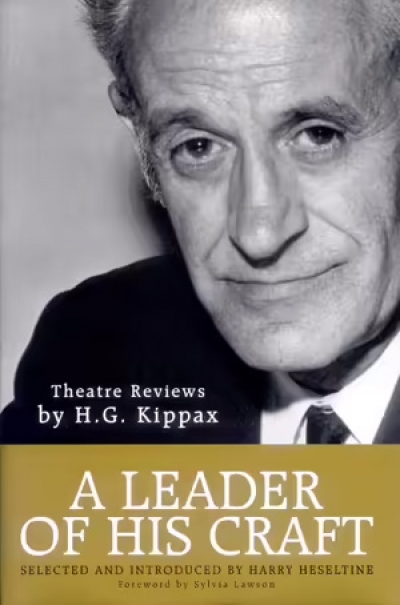Currency House
Networking: Commercial Television in Australia by Nick Herd
by Philip Bell •
Platform Papers No. 4: by Robyn Archer & The Woman I Am by Helen Reddy
by Kerryn Goldsworthy •
A Leader of His Craft: Theatre reviews by H.G. Kippax edited by Harry Heseltine
by Ken Healey •



